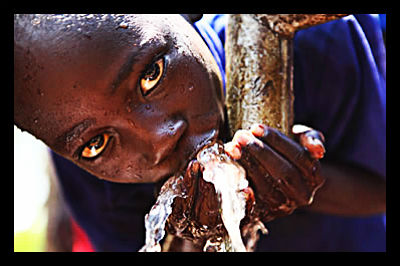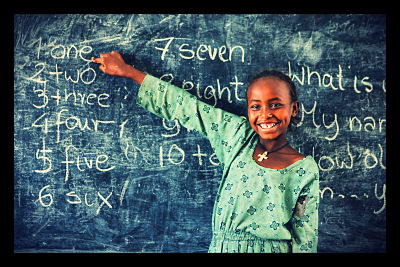Maldives has made significant strides in creating a robust and effective education system for its young students. In 1978, the government of Maldives created a unified state education system. As a direct result, the literacy rate of the nation has increased from 70 percent in 1978 to 98 percent today. Additionally, the literacy rate is now even for men and women while primary education is universal throughout the nation.
However, there are unique challenges in further improving access to education in Maldives. One of the toughest challenges is a matter of geography. There are 192 inhabited islands in Maldives, many of which are isolated and difficult to travel to and from. While secondary and special education is particularly strong in the capital city of Male, 70 percent of students live on islands far away from Male, so access to these institutions is difficult. Furthermore, two-thirds of teachers on these islands are untrained and do not have proper facilities or resources to hold classes. And recruiting teachers from other islands or teachers from abroad is tough.
While Male has flourished as a contemporary cultural center, there is a distinct disconnect between the city and the rural areas of the country. Students from islands deemed too small to even host a secondary school must make costly and time-consuming travel arrangements to schools in larger areas. This leads to families hesitating to send their children off to school. It also creates a gender gap in secondary schooling.
Only 65 percent of the population attends secondary school and only seven percent attend a university. The result is a workforce that is not qualified for an industrial and technological job market that can further improve and diversify the economy of Maldives. And with 35 percent of its population under the age of 18, Maldives will face a significant amount of young people entering the job market as under-qualified.
To combat these issues, organizations such as UNICEF and Microsoft are partnering with the government of Maldives to create innovative solutions. UNICEF is in the process of creating 20 “Teacher Resource Centers,” which will give rural teachers Internet and satellite access to online databases and curriculum. Microsoft is launching the “Coding Your Way to Opportunity” grant program to encourage youth in Maldives to participate in computer programming. These programs are crucial steps in helping Maldives continue to develop a sustainable education system.
– Taylor Diamond
Sources: UNICEF, World Bank, UN Development Program
Photo: EDC Online




